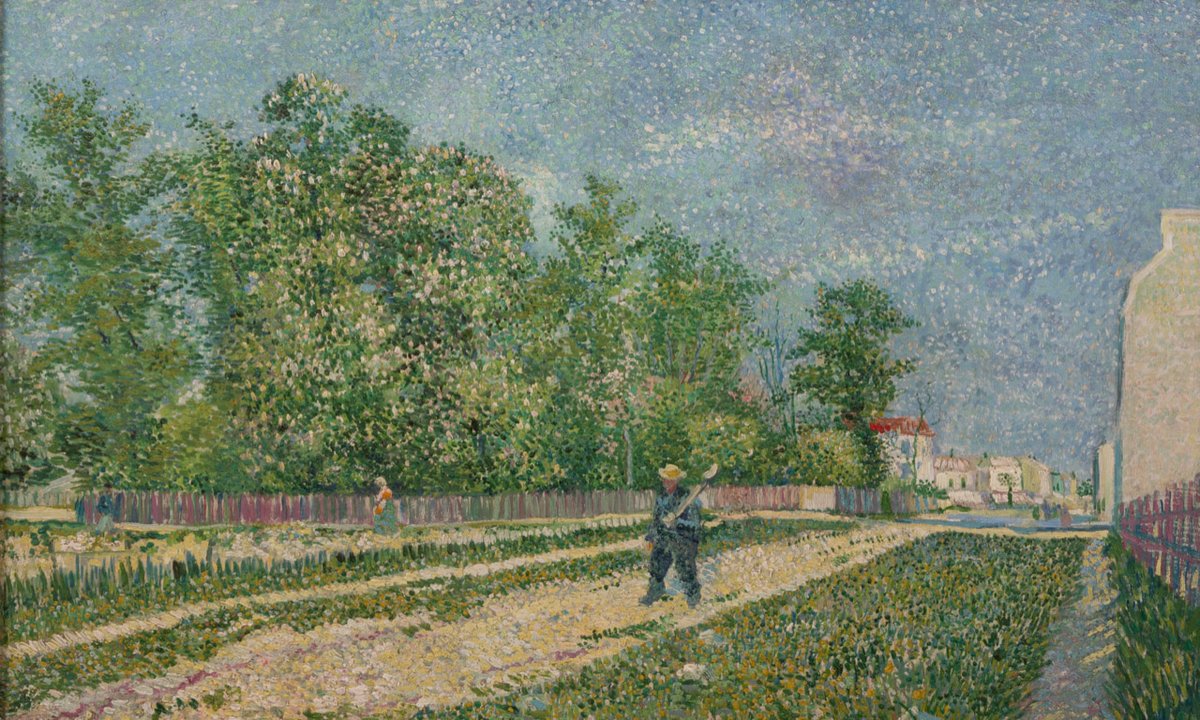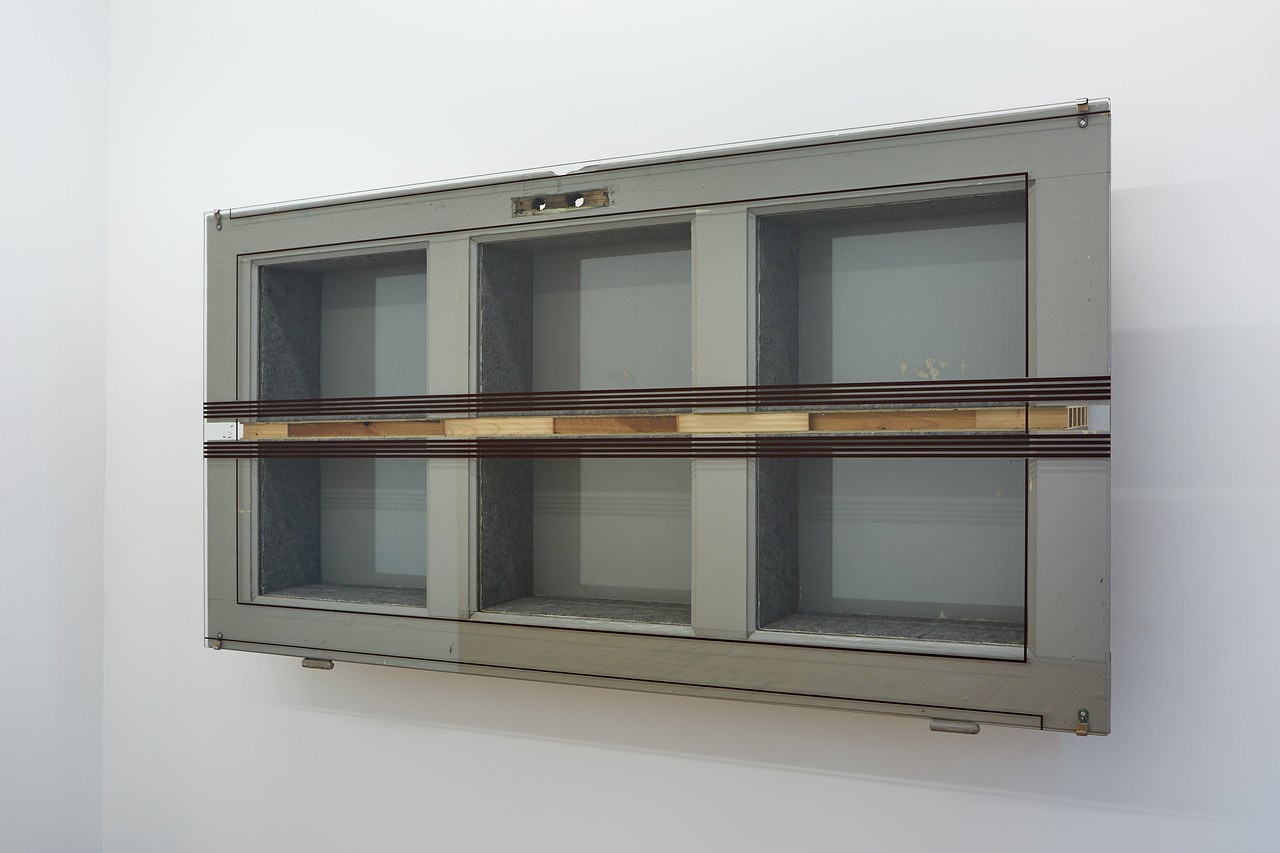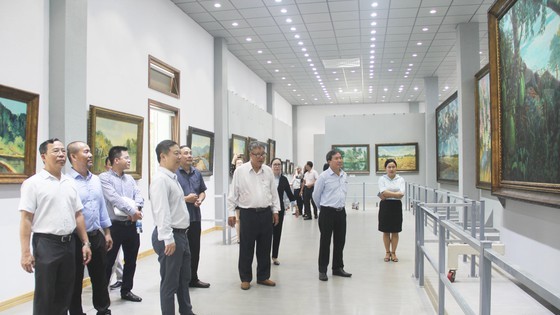Acquired Nationalities
2014 - Installation (Installation)
Jacquard-woven textiles (wool): 820 x 172 cm
Rossella Biscotti
Rossella Biscotti’s “10×10” series investigates the relationship between demographics, data processing, textile manufacturing and social structure. The work observes how demographic records have been modeled through the use of punch cards to program both early data processing machines and automated looms (jacquard). Reversing the process, Biscotti turned to the 2001–2006 census information of Brussels—where she was then based—to create a pattern on these textiles. Biscotti programed the Brussels census into an excel spreadsheet to perform a series of searches that pinpoint key demographic details. The results of each filter are noted through on the jacquard-woven textiles: single mothers, children and acquired nationalities as in particular, in this work. In this yes/no binary questions program, a yes/no answer leads to a certain line of questioning. Biscotti interrogates how statistics and quantitative analysis not only gives a misshapen representation of our society but also dictates policies (i.e., immigration quotas). In doing so, the artist underscores the codependent relationship of data processing and racial and social profiling. By revisiting the early history and development of data processing today, the artist points at the growing economy based on new data systems—NSA monitoring, Google data mining—and its effort to measure, define, archive and control societies.
Departing from social and political history, the work of Rossella Biscotti (b. Molfetta, Italy, 1978) transforms and modifies truth through a variety of mediums: sound, film, sculpture and textile. The artist employs a documentary-styled aesthetic to highlight the impossibility to fully account for a truth told to us and heralds a heterogeneous trans-social theory that asserts multiple realities. Her work questions how objectivity is easily given to historical documents and juridical actions and considers the past as an effective vector of possible change. Biscotti’s work reflects the active role art plays in the construction of contemporary knowledge, while questioning the legitimacy of history and of those by whom it was built.
Colors:
Related works sharing similar palette

© » KADIST
In conversation with Nataša Petrešin-Bachelez Together they will talk about Marwa Arsanios’ last video “ Falling is not collapsing, falling is extending “, 2016, presented recently at the Hammer Museum (Los Angeles), that looks into the garbage crisis in Beirut and the city’s recent real estate boom...
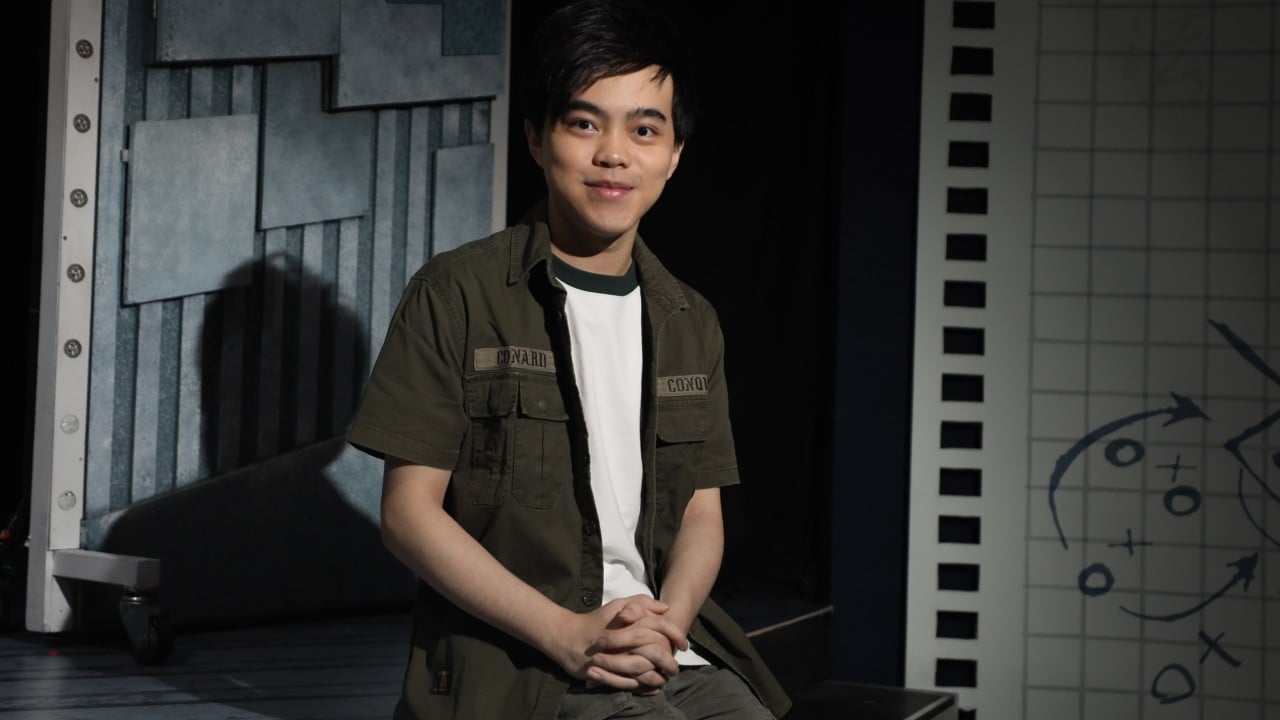
© » SOUTH CHINA MORNING POST
He wants Hong Kong to fall in love with theatre and he’s doing everything he can to make that happen | South China Morning Post He wants Hong Kong to fall in love with theatre and he’s doing everything he can to make that happen Performing arts in Hong Kong Hong Kong theatre wunderkind Tom Chan is the youngest and only producer to stage a long-running musical show in the city...
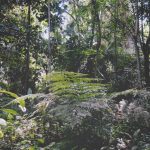
© » ARTS EQUATOR
Caring for the Carers: How Malaysian artists working with communities hold space | ArtsEquator Thinking and Talking about Arts and Culture in Southeast Asia ArtsEquator Viewpoints Courtesy of Syarifah Nadhirah August 12, 2021 By Rahmah Pauzi (1,300 words, 5-minute read) I had forgotten how loaded the words “how are you,” or “apa khabar,” can be...

© » KADIST
Prabhakar Pachpute
2020Calling attention to campaigns for land rights, survival, and sovereignty, Prabhakar Pachpute’s recent works consider how farmers in India use their bodies in performative ways during acts of protest...

© » SLASH PARIS
Hommage à Vera Molnar — Cruciformes — MAC VAL Musée d'art contemporain du Val-de-Marne — Exposition — Slash Paris Connexion Newsletter Twitter Facebook Hommage à Vera Molnar — Cruciformes — MAC VAL Musée d'art contemporain du Val-de-Marne — Exposition — Slash Paris Français English Accueil Événements Artistes Lieux Magazine Vidéos Retour Précédent Suivant Hommage à Vera Molnar — Cruciformes Exposition Techniques mixtes Vue de l’exposition Cruciformes — Hommage à Vera Molnar , MAC VAL 2024 Photo © Aurélien Mole Hommage à Vera Molnar Cruciformes Encore environ 2 mois : 5 janvier → 8 avril 2024 Le 5 janvier 2024, Vera Molnar aurait eu cent ans...

© » KADIST
Tarek Atoui
2017For The Reverse Sessions , the artist reversed the order in which instruments are usually created, taking the sounds of a collection of ethnic musical instruments from The Dahlem Museum as the starting point...

© » KADIST
Woto Wibowo
2011Vertical Horizon by Wito Wibowo addresses a media scandal in 2010 that took over the cultural milieu of Indonesia...

© » SLASH PARIS
Antoine Grumbach — Les Yeux du Ciel — Jeanne Bucher Jaeger | Paris, Marais Gallery — Exhibition — Slash Paris Login Newsletter Twitter Facebook Antoine Grumbach — Les Yeux du Ciel — Jeanne Bucher Jaeger | Paris, Marais Gallery — Exhibition — Slash Paris English Français Home Events Artists Venues Magazine Videos Back Antoine Grumbach — Les Yeux du Ciel Exhibition Architecture, urban art, drawing, installation.....

© » KADIST
Matthieu Saladin
2016L’effeuillage des effacements (The Stripping of Erasures) 2016, presents a piles of posters gathered in decreasing chronological order from 2015 to 2400 B...







